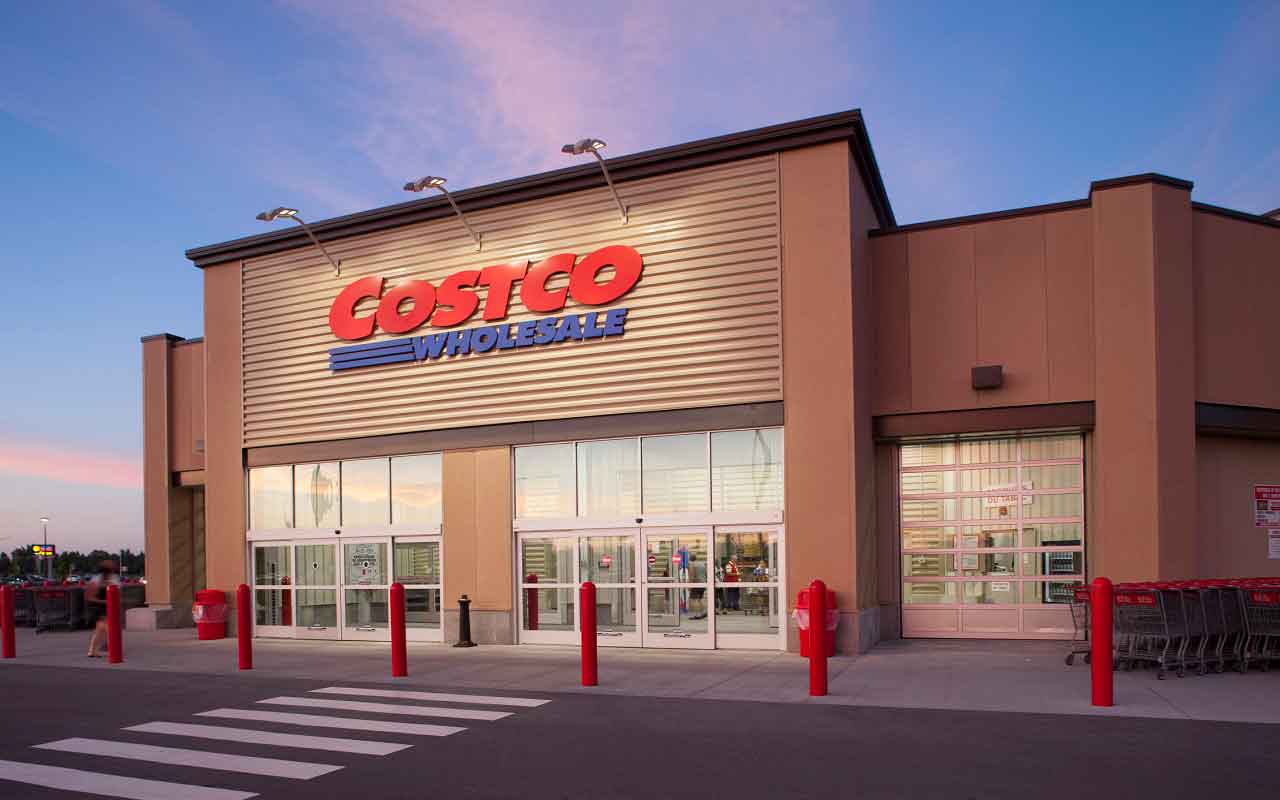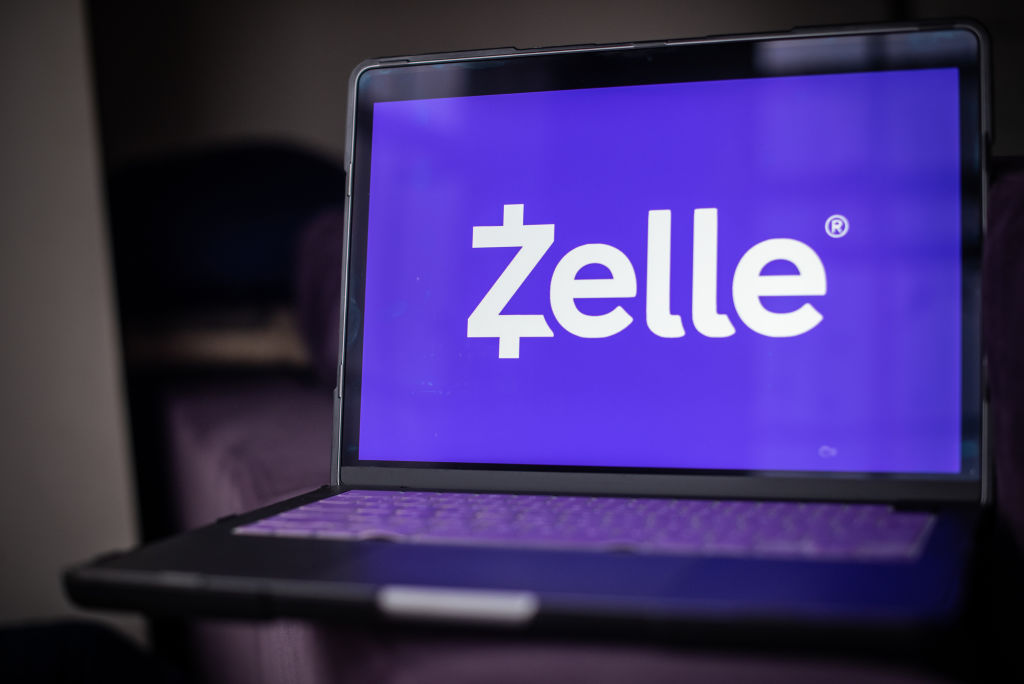What Is a Triple Net Lease?
With a triple net lease, the tenant agrees to pay for all expenses on a property — including real estate taxes, property insurance, and operating expenses — along with the cost of rent and utilities.


There are several types of commercial real estate leases, one of the most common being a triple net lease (NNN). With a triple net lease, the tenant agrees to pay all expenses on a property — including real estate taxes, property insurance, and operating expenses — along with the cost of rent and utilities.
This means tenants are responsible for any repairs and maintenance, including trash removal, landscaping, parking lot maintenance, property management, etc. This also means the landlord is off the hook for any expenses related to the property.
What is a triple net lease?
Generally speaking, there are two types of leases — gross and net. With a gross lease, a tenant pays a flat fee for use of the property, and the landlord is responsible for any operating expenses. On the other hand, a net lease requires tenants to not only pay rent but also to pay some or all of the property’s operating expenses.

Sign up for Kiplinger’s Free E-Newsletters
Profit and prosper with the best of expert advice on investing, taxes, retirement, personal finance and more - straight to your e-mail.
Profit and prosper with the best of expert advice - straight to your e-mail.
Triple nets leases are calculated by projecting the total amount of expenses for the year, dividing that number by the total rentable square footage of the building and then dividing that by 12, according to Coastline Equity Property Management. This results in a monthly dollar-per-square-foot amount the tenant is charged. When a tenant pays a triple net lease, they typically pay with one check that is broken into two parts — the base rent portion and the NNN portion, according to Janover Commercial Real Estate Loans.
Net leases typically fall into three main categories, single net lease (N), double net lease (NN) or triple net lease (NNN), depending on what tenants are required to pay along with base rent and utilities. Think of it like this — each “N” or “Net” stands for either property taxes, operating expenses or insurance fees.
- Single net lease (N): Tenants pay one of the three expense categories.
- Double net lease (NN): Tenants pay two expense categories.
- Triple net lease (NNN): Tenant pays all three expense categories. The most common type of net lease.
Most often, a triple net lease is used when a single tenant rents all, or a large portion of, an entire property, most often a retail property or office building. These leases are usually long-term, lasting 10 years or more. With a triple-net lease, tenants are able to have more control over a property, customizing the space as they wish, while also usually paying a lower rent. Landlords receive a low-risk, reliable source of income with little overhead costs. In fact, it's common for commercial real estate investors to use NNN investment properties as a source of passive income.
Pros of triple net leases
Here are the benefits — for both landlords and tenants — of a triple net lease.
- Control: As mentioned above, tenants who sign a triple net lease have the freedom to control the maintenance and appearance of the property. They also have direct control over utility costs, like electricity or water, and can choose the insurance carrier they prefer.
- Lower monthly rent: Tenants can leverage the additional expenses they’re responsible for to lower rent.
- Low overhead costs: Landlords aren’t responsible for repairs, upkeep, taxes, insurance, etc. on a property, meaning overhead costs are low. Additionally, if any substantial damage to the property occurs, the tenant will pay — not the landlord. And since triple net leases offer long-term occupancy, it removes the risk of a vacancy between tenants.
- Passive management: Landlords receive a consistent stream of revenue with limited involvement or management of the property.
Cons of triple net leases
Here are the drawbacks — for both landlords and tenants — of a triple net lease.
- Risk of the unknown: Taking on the risk of the unknown is a huge drawback for tenants. If any significant damage occurs during a natural disaster, for example, or a machine failure requires extensive repairs, the tenant is responsible for the costly expenses.
- Vacancy costs: The landlord will receive no rental income if they fail to secure tenants and the property remains vacant. Finding appropriate tenants may prove challenging.
- Earnings cap: Landlords can only charge the amount agreed upon in the lease, capping how much you can earn, even if the market fluctuates. "Changing property value cannot be accounted for immediately, and that can cap how much you can earn,"according to RentPrep.
The bottom line
A triple net lease can simplify property investments by shifting costs — like taxes, insurance and maintenance — onto the tenant. This setup offers a predictable income stream and reduces daily management tasks. Although there are risks, careful tenant selection and due diligence can help protect your investment.
Related Content
Get Kiplinger Today newsletter — free
Profit and prosper with the best of Kiplinger's advice on investing, taxes, retirement, personal finance and much more. Delivered daily. Enter your email in the box and click Sign Me Up.

Erin pairs personal experience with research and is passionate about sharing personal finance advice with others. Previously, she was a freelancer focusing on the credit card side of finance, but has branched out since then to cover other aspects of personal finance. Erin is well-versed in traditional media with reporting, interviewing and research, as well as using graphic design and video and audio storytelling to share with her readers.
-
 Should You Get Auto or Home Insurance Through Costco?
Should You Get Auto or Home Insurance Through Costco?Costco members can access discounted insurance through Connect by American Family — but is it really a better deal?
By Paige Cerulli Published
-
 Stock Market Today: Uncertainty Proliferates: Dow Loses 1,014 Points
Stock Market Today: Uncertainty Proliferates: Dow Loses 1,014 PointsWeaker-than-expected consumer inflation data wasn't enough to stabilize sentiment during another volatile day for financial markets.
By David Dittman Published
-
 Zelle App Shut Down? Why Zelle Has Discontinued Its App
Zelle App Shut Down? Why Zelle Has Discontinued Its AppWith the Zelle app shut down, learn how you can still use Zelle and which other mobile payment apps you might want to consider.
By Paige Cerulli Published
-
 Six Best Places to Live in Florida
Six Best Places to Live in FloridaPlaces to Live Florida offers a range of cities where you’re never far from the sound of lapping waves.
By Drew Limsky Published
-
 How to Lower Home Insurance Rates When Climate Change Increases Costs
How to Lower Home Insurance Rates When Climate Change Increases CostsA top insurer warns the damage climate change causes is making it cost-prohibitive for insurers in some areas. Learn how to protect your home and lower costs.
By Sean Jackson Published
-
 Use This 1-Year CD if You’ll Owe Taxes Next Year
Use This 1-Year CD if You’ll Owe Taxes Next YearA one-year CD allows you to set money aside now for taxes you'll owe next year. We'll show our best choice.
By Sean Jackson Published
-
 Stick to the Plan: Don't Panic During Economic Uncertainty
Stick to the Plan: Don't Panic During Economic UncertaintyTake a breath and step back. Focus on a solid fiscal foundation to stabilize your investments during stock market volatility.
By Eric Lahaie, CFS®, RICP® Published
-
 How Inflation Affects Your Finances and How to Stay Ahead
How Inflation Affects Your Finances and How to Stay AheadThe cost of goods and services is certain to rise over time, making it essential to have a financial plan that will help you keep pace.
By Kyle D. Sikes Published
-
 Now's a Great Time to Become a Financial Adviser: Here's Why
Now's a Great Time to Become a Financial Adviser: Here's WhyThere's a growing need for financial advisers. Why not take on a role that offers earning potential and work-life balance and helps change lives?
By John Roberts Published
-
 3 Ways to Stream The Masters and Save Money
3 Ways to Stream The Masters and Save MoneyIf you plan to stream The Masters and are looking for ways to save, we'll show you several options.
By Sean Jackson Published